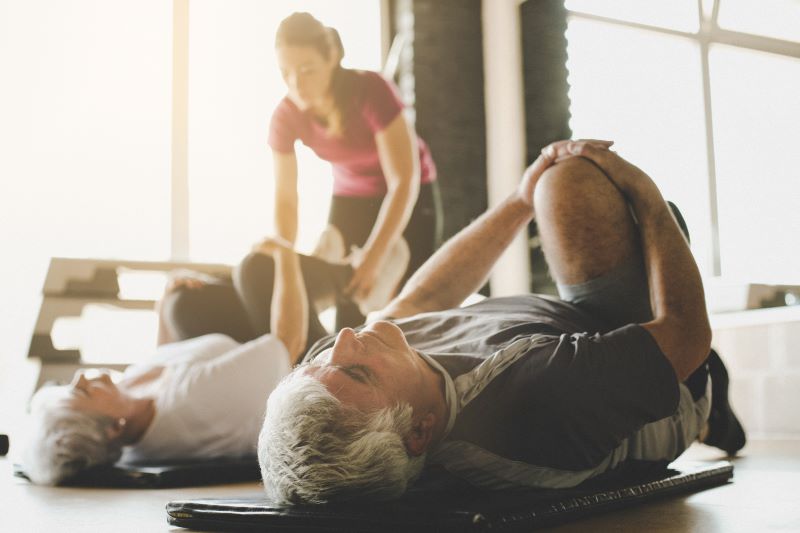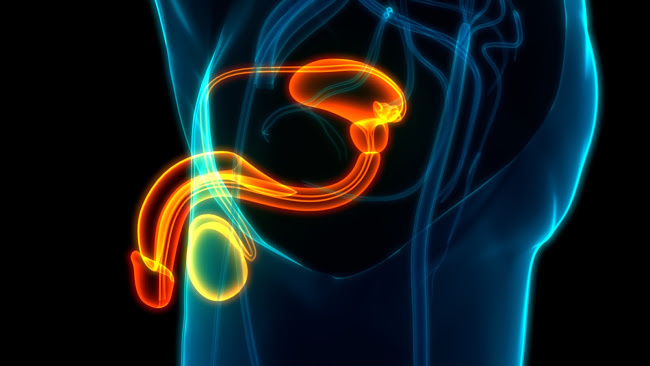
What Are the Benefits of Pelvic Floor Exercises?

Pelvic floor exercises, often called Kegel exercises, can support the muscles in the pelvic region, which assist with vital functions like bladder control, bowel health, and sexual activity. While these exercises are well-known for their role in managing incontinence, they can also have benefits for sexual health. Here’s an overview of how pelvic floor exercises can enhance your well-being.
Sexual Health Benefits for People with Vulvas
Training the pelvic floor muscles can profoundly impact sexual pleasure and comfort for people with vulvas.
- Improved Sexual Sensation
Strong pelvic floor muscles enhance blood flow to the pelvic region, increasing genital sensitivity. This can heighten sexual pleasure and may lead to more satisfying experiences. Research suggests that pelvic floor exercises may even increase orgasm intensity by improving muscle tone. - Reduced Pain During Intercourse
On the other hand, conditions like vaginismus or certain pelvic pain syndromes can be caused by overly tight pelvic floor muscles, which can make sex uncomfortable or painful. Pelvic floor relaxation techniques as assigned by pelvic floor physical therapists can help relax these muscles, reducing tension and alleviating pain during sexual activity. - Support After Childbirth
Childbirth can weaken the pelvic floor, potentially leading to reduced vaginal tightness and sexual sensation. Postpartum pelvic floor training restores muscle tone and helps improve sexual satisfaction after delivery.
Sexual Health Benefits for People with Penises
Pelvic floor exercises are just as beneficial for sexual health in people with penises.
- Improved Erectile Function
The pelvic floor muscles play a key role in achieving and maintaining erections by supporting blood flow to the penis. Strengthening these muscles can help men with erectile dysfunction (ED), particularly when the condition is related to poor circulation or muscle weakness. - Better Ejaculatory Control
For men experiencing premature ejaculation, pelvic floor exercises can improve muscle control, allowing better regulation of ejaculation timing. This can lead to increased confidence and satisfaction in sexual relationships. - Post-Surgical Recovery
Men recovering from prostate surgery often face challenges like ED or urinary leakage. Pelvic floor exercises aid in restoring these functions by improving the strength and coordination of the muscles involved.
Other Benefits of Pelvic Floor Exercises
Beyond sexual health, pelvic floor exercises offer additional advantages for overall well-being:
- Bladder and Bowel Control: Pelvic floor exercises can reduce urinary and fecal incontinence for people of all genders.
- Prolapse Prevention: These exercises can support pelvic organs, reducing the risk of pelvic organ prolapse, especially in people with vulvas for whom this is more common.
- Core Stability: Strong pelvic floor muscles can enhance posture, balance, and back support.
Conclusion
Pelvic floor exercises are a powerful tool for enhancing sexual health and overall quality of life. It is possible to look up pelvic floor exercises online, but it is a good idea to see a pelvic floor physical therapist who can make sure you are doing the exercises correctly when you are starting out. Then, whether improving sexual sensation, managing conditions like erectile dysfunction, or aiding recovery after childbirth or surgery, dedicating a few minutes each day to these exercises can deliver meaningful benefits.
References:
- Arnold, J., McLeod, N., Thani-Gasalam, R., & Rashid, P. (2012). Overactive bladder syndrome: Management and treatment options. Australian Family Physician, 41(11), 878–883. https://search.informit.org/doi/10.3316/informit.896738616511482
- Cohen, D., Gonzalez, J., & Goldstein, I. (2016). The Role of Pelvic Floor Muscles in Male Sexual Dysfunction and Pelvic Pain. Sexual medicine reviews, 4(1), 53–62. https://doi.org/10.1016/j.sxmr.2015.10.001
- Ghaderi, F., Bastani, P., Hajebrahimi, S., Jafarabadi, M. A., & Berghmans, B. (2019). Pelvic floor rehabilitation in the treatment of women with dyspareunia: a randomized controlled clinical trial. International urogynecology journal, 30(11), 1849–1855. https://doi.org/10.1007/s00192-019-04019-3
- MacDonald, R., Fink, H. A., Huckabay, C., Monga, M., & Wilt, T. J. (2007). Pelvic floor muscle training to improve urinary incontinence after radical prostatectomy: a systematic review of effectiveness. BJU international, 100(1), 76–81. https://doi.org/10.1111/j.1464-410X.2007.06913.x
- Mørkved, S., & Bø, K. (2014). Effect of pelvic floor muscle training during pregnancy and after childbirth on prevention and treatment of urinary incontinence: A systematic review. British Journal of Sports Medicine, 48(4), 299-310. https://doi.org/10.1136/bjsports-2012-091758
- Sarafraznasab, M., Ahmadi, R., & Ghazanfari, A. (2024). Comparison of the effectiveness of mindfulness therapy, biofeedback and combined method on sexual quality of life in men with premature ejaculation. Journal of Psychological Science, 1707-1722. https://psychologicalscience.ir/article-1-2389-fa.pdf





